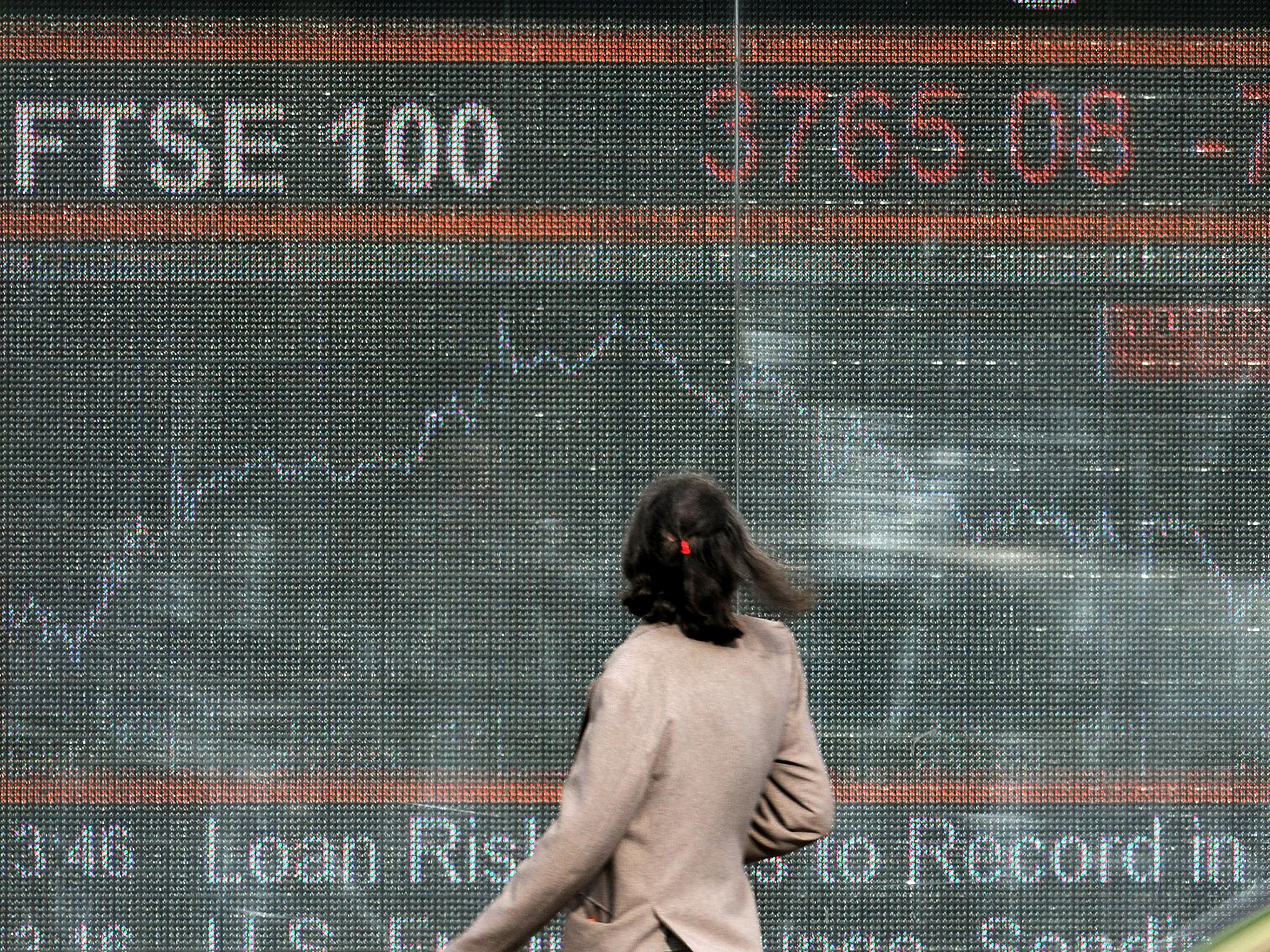I was a trader on the day of the financial crash – this is what really happened
I answered a call to a frenzied account of an extraordinary development in the financial markets. My colleague kept repeating that things were ‘crazy’ and ‘completely mad’

Your support helps us to tell the story
From reproductive rights to climate change to Big Tech, The Independent is on the ground when the story is developing. Whether it's investigating the financials of Elon Musk's pro-Trump PAC or producing our latest documentary, 'The A Word', which shines a light on the American women fighting for reproductive rights, we know how important it is to parse out the facts from the messaging.
At such a critical moment in US history, we need reporters on the ground. Your donation allows us to keep sending journalists to speak to both sides of the story.
The Independent is trusted by Americans across the entire political spectrum. And unlike many other quality news outlets, we choose not to lock Americans out of our reporting and analysis with paywalls. We believe quality journalism should be available to everyone, paid for by those who can afford it.
Your support makes all the difference.When I received a phone call from a trader colleague at Merrill Lynch on 9 August 2007, I was in the middle of chopping wood in the Swedish countryside. As always, I had my mobile on me in case of an emergency.
I answered the call to a frenzied account of an extraordinary development in the financial markets. My colleague kept repeating that things were “crazy” and “completely mad”. At the time, there was nothing in what he said that made me worried about my trading position, let alone the global financial system. Rather, it was the market prices, quotes and numbers that he listed that did not make sense at all.
Put together, it seemed as if all banks, suddenly, had become desperate for cash. The reason soon became apparent: French bank BNP Paribas had barred investors from accessing money in funds with subprime mortgage exposure, citing a “complete evaporation of liquidity”. It was the start of the credit crunch.
A financial crisis tends to be associated with fears of a bank run. Picture long queues outside banks, such as during the Great Depression following the 1929 Wall Street crash. If customers desperately begin to withdraw their deposits from a bank, it can quickly turn into a self-fulfilling prophecy. If you think that others will become afraid that the bank will run out of cash, it might be rational to empty your own savings account first. And so, for many, scenes of long queues outside branches of UK bank Northern Rock in September 2007 is still their earliest memory of the credit crunch and the global financial crisis.
Before the fear of a bank run spreads to the public, however, the atmosphere on the trading floors has already changed. Trading turns into a situation in which the hot potato is passed around from trader to trader, from bank to bank. Lending money is a risky business and nobody wants the borrower to default. As a precaution, banks desperately try to borrow money from the others before they stop lending. Nobody wants to get burnt by being left holding that hot potato.
Parts of the money markets had already begun to dry up with the demise of the US sub-prime mortgage market around February 2007. Some hedge funds and lenders had reported serious losses – and this malaise had spread to European markets. Then followed the news that BNP Paribas had frozen €1.6bn of funds, citing US subprime mortgage sector problems.
BNP had always played a big role in the trading community and had made markets in everything I traded: foreign exchange, bonds and interest rate derivatives. They were also French – and the French banks were famous for hiring the best programmers and mathematicians as analysts and traders. If they did not know how to value their portfolios, who did? When I received the phone call, the news flash had just happened and the game of musical chairs had begun.
Being a short-term interest rate trader had not been particularly glamorous before 9 August 2007. Our desk traded a range of instruments that were important for the financial system, but not interesting and complex enough to represent the forefront of financial innovation. Other trading desks enjoyed considerably more prestige. Then everything was turned upside down.
Suddenly, the spotlight fell on us. Everything we did had a direct link to the money market between banks and the benchmark linked to it, LIBOR, so our desk evolved into a place people turned to in order to get an idea of what was going on with the market. Which bank was rumoured to be in the worst shape? Which bank seemed most desperate to borrow? Which bank had been ordered to throw in the towel and temporarily suspend its market-making activity? Which bank had refused to deal with which other bank for fear of insolvency?
The rest is, of course, history: the collapse of the bank Lehman Brothers in September 2008 and the most severe financial crisis since the Great Depression (not to mention the LIBOR scandal). Even today, central bankers, regulators and other policy makers talk about measures that ought to be taken to avoid another “Lehman moment”. What they refer to is a situation in which the entire global financial system is on the brink of total collapse.
The world did not end on the 9 August 2007. Rather, to cite the former Northern Rock boss Adam Applegarth it will be remembered as the “day the world changed”.
This article first appeared in The Conversation.
Join our commenting forum
Join thought-provoking conversations, follow other Independent readers and see their replies
Comments